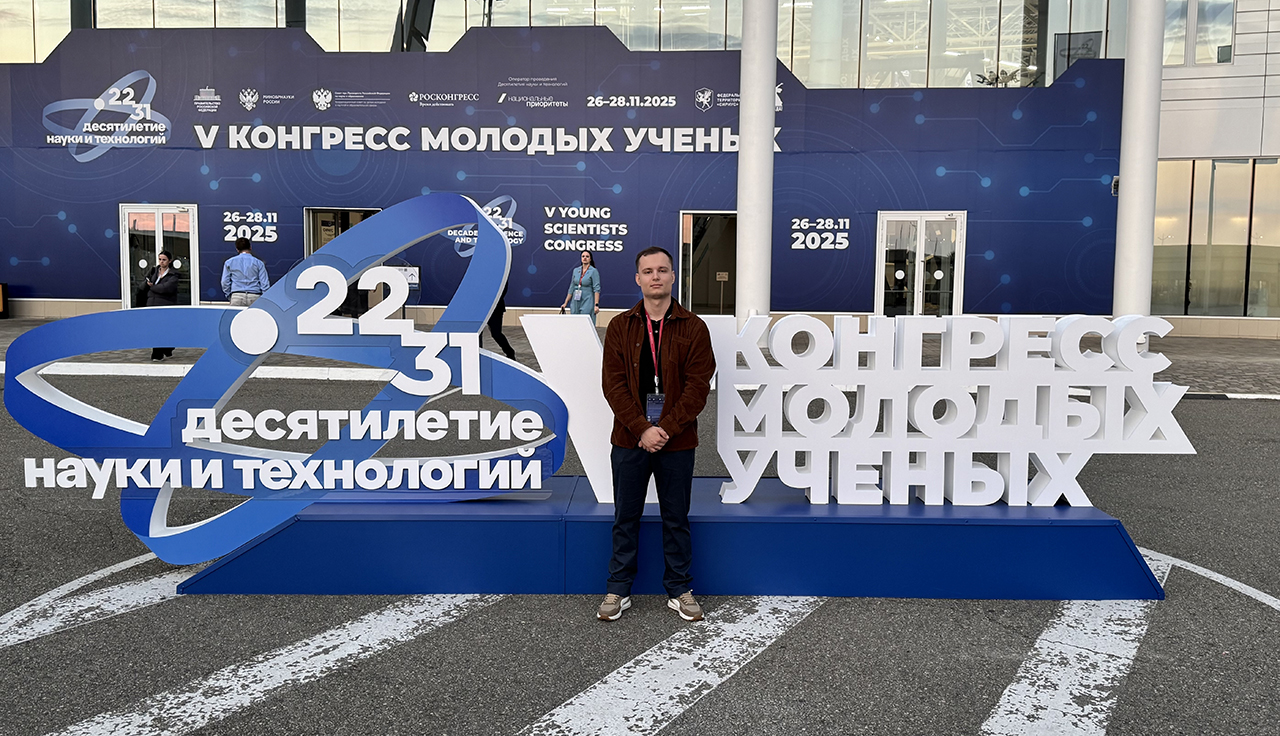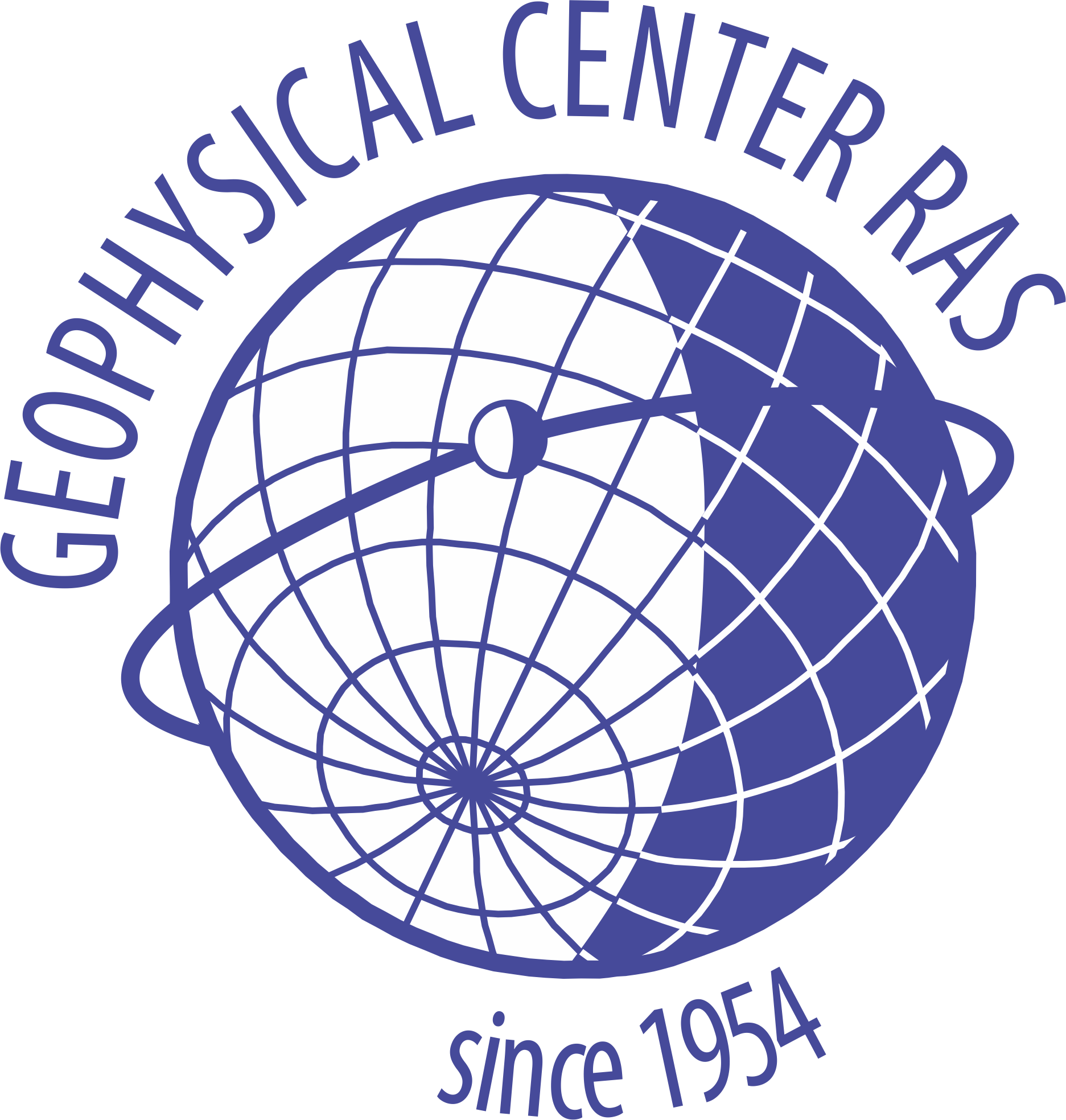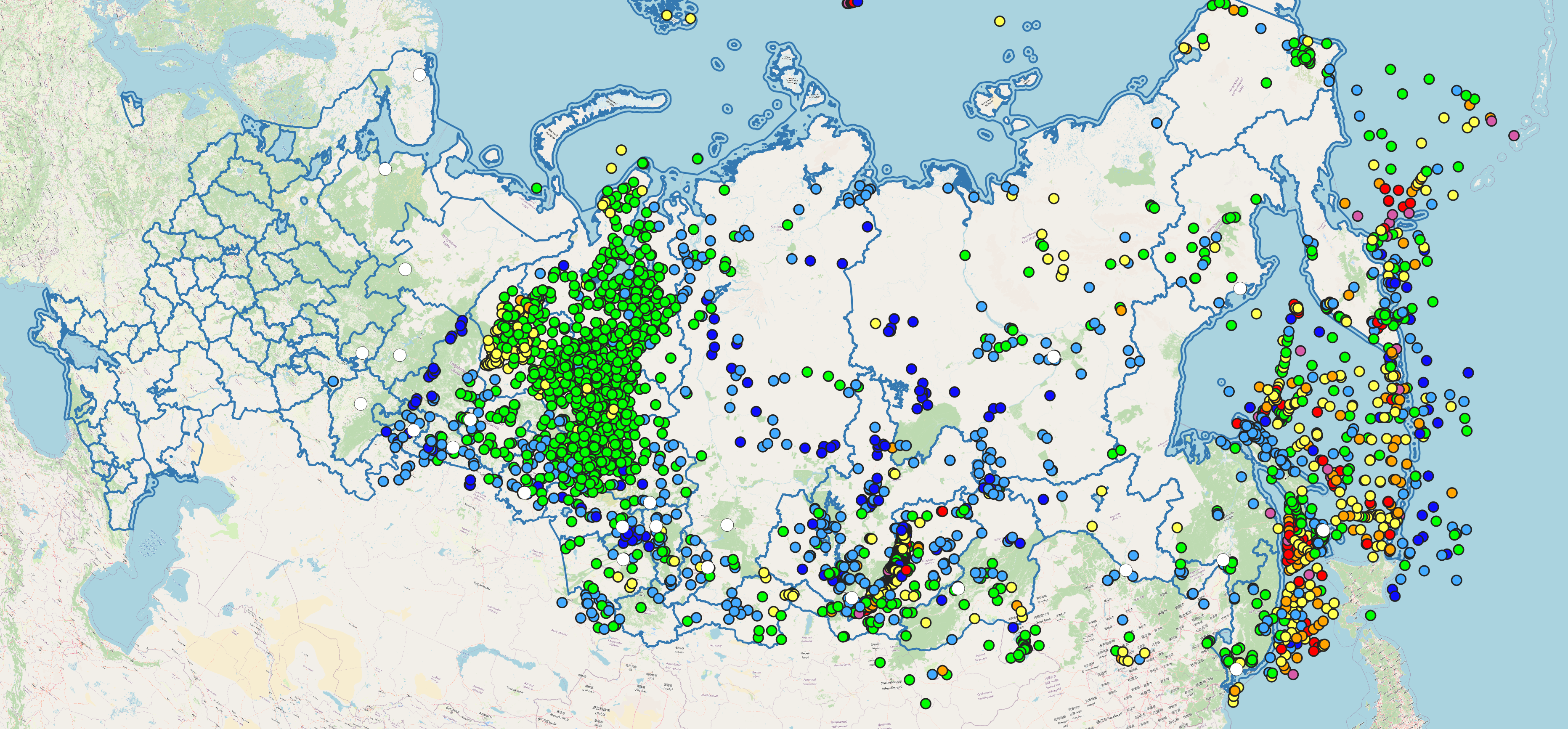October 9, 2023. In 2023, the Aurora-Forecast service has undergone the following improvements and changes:
- Auroral Precipitation Model (APM), originally developed by PGI, has been adapted and implemented [Vorobjev V. G., Yagodkina O. I. Effect of magnetic activity on the global distribution of auroral precipitation zones. Geomagnetism and Aeronomy. 2005, vol. 45, pp. 438–444.].
- The system of early notification of a high probability of the occurrence of auroras (Aurora Alert) was designed and implemented as a Telegram bot. Aurora Alert works on the basis of the results of short-term forecasts provided by the service https://aurora-forecast.ru.The system can be found at https://t.me/AuroraAlert.
- We have solved the problem of visual artifacts during visual representation of the short-term forecast of auroras based on a virtual globe.
- There was added a service for automatic calculation of sunrise and sunset times for an observed geographical location. The location is linked to cursor coordinates. The calculated data is displayed in the lower right part of the service screen.
- The cartographic substrates are brought in compliance with the legislation of the Russian Federation.
- Algorithms for calculation and dynamic visualization of simulation results have been optimized, as well as some errors have been corrected.
The Aurora-forecast service is a multi-user computer model of a short-term (~30 min) real-time forecast of aurora intensity in the visible spectrum based on the virtual globe technology.
The forecast is based on information about the state of the solar wind parameters obtained in real time from the ACE and DSCOVR satellites located at the first Lagrange point (L1). In addition to the direct position of the auroral oval and the probability of observing auroras in real time, the service provides forecast and visualization of the distribution of electric potential in the Arctic region, and also has tools that allow both to perform a geometric analysis of the nature of the distribution of controlled parameters, and to work with custom layers (distribution high-latitude branches of power transmission lines, railways, etc.), which is of particular interest in the tasks of assessing the impact of space weather on technological objects of high-latitude infrastructure in general and the Russian Arctic in particular.









 Analytical Geomagnetic Data Center
Analytical Geomagnetic Data Center Space weather parameters
Space weather parameters Virtual Magnetograms
Virtual Magnetograms


